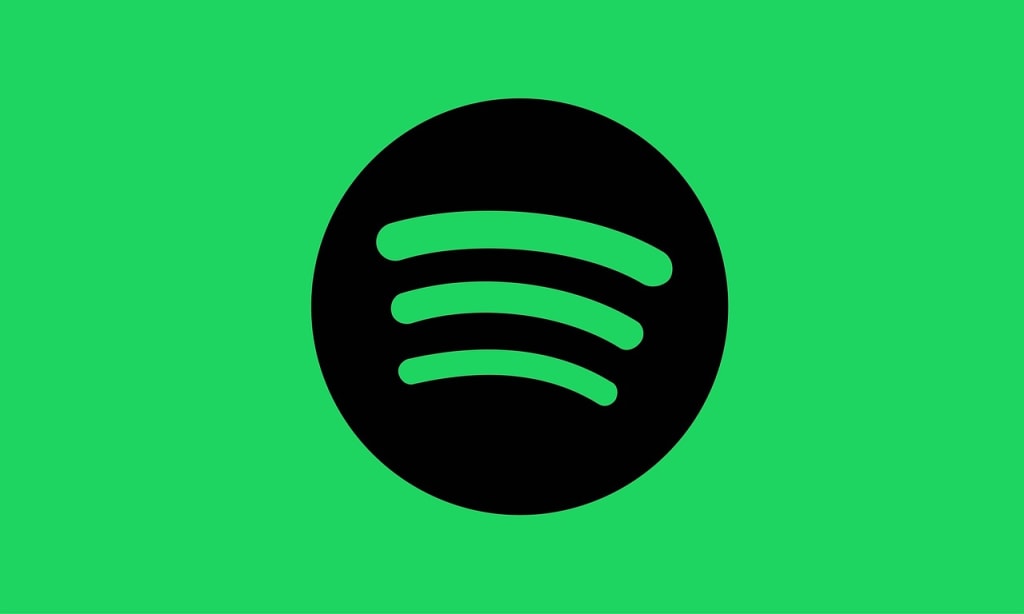Unlocking the Secrets: How to Submit Your Music to Spotify Playlists for Free
In today's competitive music industry, getting your music heard by a large audience is crucial.

In today's competitive music industry, getting your music heard by a large audience is crucial. One effective way to do this is by getting your tracks on Spotify playlists. Spotify playlists can significantly boost your exposure, increase your streams, and help you reach new listeners. While many services charge for playlist placements, there are ways to submit your music for free. This comprehensive article will guide you through the process of submitting your music to Spotify playlists without any cost, offering tips and strategies to help you maximize your chances of success.
The Importance of Spotify Playlists
Spotify playlists are a powerful tool for music discovery. Being featured on a popular playlist can significantly increase your streams and followers, opening doors to new opportunities in your music career. Playlists cater to different themes, moods, and genres, making them a valuable asset for artists looking to reach specific audiences.
Types of Spotify Playlists
Understanding the different types of playlists can help you target the right ones for your music.
Editorial Playlists: Curated by Spotify’s in-house team, these playlists have massive followings and can dramatically boost your streams.
Algorithmic Playlists: Personalized playlists like Discover Weekly and Release Radar, created based on user listening habits.
Independent Playlists: Curated by individuals, blogs, or brands, these can range from niche genres to popular mainstream collections.
Preparing Your Music for Submission
Before submitting your music, ensure your tracks are professionally produced and mastered. High-quality production is essential to make a strong impression on playlist curators.
Professional Production
Invest in professional recording and mastering services to ensure your music meets industry standards. Poorly produced tracks are unlikely to be considered for playlists.
Engaging Visuals
Your Spotify profile should include high-quality images and cover art. Visual appeal plays a significant role in attracting listeners and curators.
Compelling Bio
Write a bio that tells your story and highlights your achievements. A well-crafted bio can make you more appealing to curators and listeners.
Optimizing Your Spotify Profile
A complete and professional Spotify artist profile is essential. Make sure you have high-quality images, a compelling bio, and links to your social media profiles.
Profile Picture and Header
Use high-resolution images for your profile picture and header. These visuals represent your brand and should reflect your music style.
Biography
Craft a compelling biography that tells your story and highlights your musical journey. Include significant achievements and milestones.
Social Media Links
Provide links to your social media profiles to offer curators and fans more ways to connect with you.
Identifying Suitable Playlists
Research and identify playlists that match your genre and style. Tools like Chartmetric and SpotOnTrack can help you find playlists with active followings.
Using Chartmetric
Chartmetric is a powerful tool for tracking playlist data. It provides insights into playlist followers, recent updates, and trends. Use it to identify playlists that are actively curated and have a significant following.
SpotOnTrack
SpotOnTrack offers similar features and can help you find playlists that match your genre. It also provides data on playlist growth and engagement, helping you target the most relevant playlists.
Engaging with Playlist Curators
Building relationships with playlist curators is key. Start by following them on social media and engaging with their content. Genuine interactions can pave the way for future collaborations.
Social Media Engagement
Interact with curators on platforms like Twitter, Instagram, and LinkedIn. Comment on their posts, share their playlists, and engage in conversations to build rapport.
Personal Emails
When you do reach out, make it personal. Mention specific playlists you enjoy and explain why your music would be a good fit. Personalizing your approach shows that you've done your homework and respect their work.
Crafting the Perfect Pitch
Your pitch should be concise and engaging. Include a brief introduction, a link to your Spotify track, and why your song is a perfect fit for their playlist. Highlight any achievements or unique aspects of your music.
Email Pitch Template
Subject Line: Submission: [Your Song Title] for [Playlist Name]
Greeting: Address the curator by name.
Introduction: Briefly introduce yourself and your music.
Song Link: Include a Spotify link to your track.
Reason for Fit: Explain why your song fits the playlist.
Achievements: Highlight any notable achievements or press.
Thank You: Thank them for their time and consideration.
Follow-Up
If you don’t hear back within a couple of weeks, send a polite follow-up email. Reiterate your interest and thank them again for their time.
Using Submission Platforms
Platforms like SubmitHub and PlaylistPush offer free submission options. These platforms connect artists with playlist curators, increasing your chances of getting featured.
SubmitHub
SubmitHub allows you to submit your music to curators for free, though there are limits on the number of free submissions you can make. Use the premium credits sparingly and focus on high-quality submissions.
PlaylistPush
While primarily a paid service, PlaylistPush occasionally offers free submission opportunities. Keep an eye on their website for any such offers.
Soundplate
Soundplate is another platform that offers free playlist submission options. It’s user-friendly and connects you with curators who are actively seeking new music.
Networking and Building Relationships
Beyond direct submissions, networking and building relationships within the music industry can enhance your chances of getting playlist placements.
Attend Music Industry Events
Participate in music conferences, workshops, and networking events. These platforms provide opportunities to meet playlist curators and other industry professionals.
Collaborate with Other Artists
Collaborating with other artists can help you reach new audiences. When your music is featured on collaborative playlists, it can increase your exposure and attract new listeners.
Engage with Fans
Actively engaging with your fans on social media and other platforms can boost your streams and increase your chances of being noticed by playlist curators.
Additional Tips for Success
Consistency: Regularly release new music to keep your profile active and engage your listeners.
Promote Your Playlist Features: Share any playlist features on your social media and thank the curators publicly.
Stay Persistent: Not every submission will be successful. Stay persistent and keep refining your approach.
Case Studies and Success Stories
Learning from the experiences of others can provide valuable insights and inspiration. Here are a few case studies of artists who successfully got their music featured on Spotify playlists for free.
Case Study 1: Indie Artist Breaks Through
An indie artist from Nashville shared their journey of getting featured on multiple indie folk playlists. By consistently engaging with curators on Twitter and providing personalized pitches, they managed to secure spots on several influential playlists, leading to a significant increase in their streams and followers.
Case Study 2: EDM Producer's Strategy
An EDM producer utilized SubmitHub's free submission option to target niche electronic playlists. By carefully selecting playlists that matched their style and crafting detailed pitches, they saw a notable uptick in playlist placements and listener engagement.
Case Study 3: Singer-Songwriter's Approach
A singer-songwriter focused on building relationships with curators by attending music industry events and networking online. This approach helped them get their heartfelt ballads featured on popular acoustic and singer-songwriter playlists, boosting their visibility and streams.
Leveraging Social Proof
When your music is featured on a playlist, make sure to leverage that exposure. Share the news on your social media, tag the playlist curator, and encourage your fans to listen and share. This not only promotes your music but also builds a relationship with the curator, increasing the likelihood of future features.
Conclusion:
Submitting your music to Spotify playlists for free requires effort and persistence, but the potential rewards are worth it. By following the steps outlined in this guide—preparing your music, optimizing your profile, researching playlists, engaging with curators, crafting the perfect pitch, utilizing submission platforms, and networking—you can increase your chances of getting your music heard by a larger audience. Remember, the key is to be professional, patient, and persistent. Every successful placement can lead to more opportunities and a growing fanbase.
About the Creator
Enjoyed the story? Support the Creator.
Subscribe for free to receive all their stories in your feed. You could also pledge your support or give them a one-off tip, letting them know you appreciate their work.






Comments
There are no comments for this story
Be the first to respond and start the conversation.